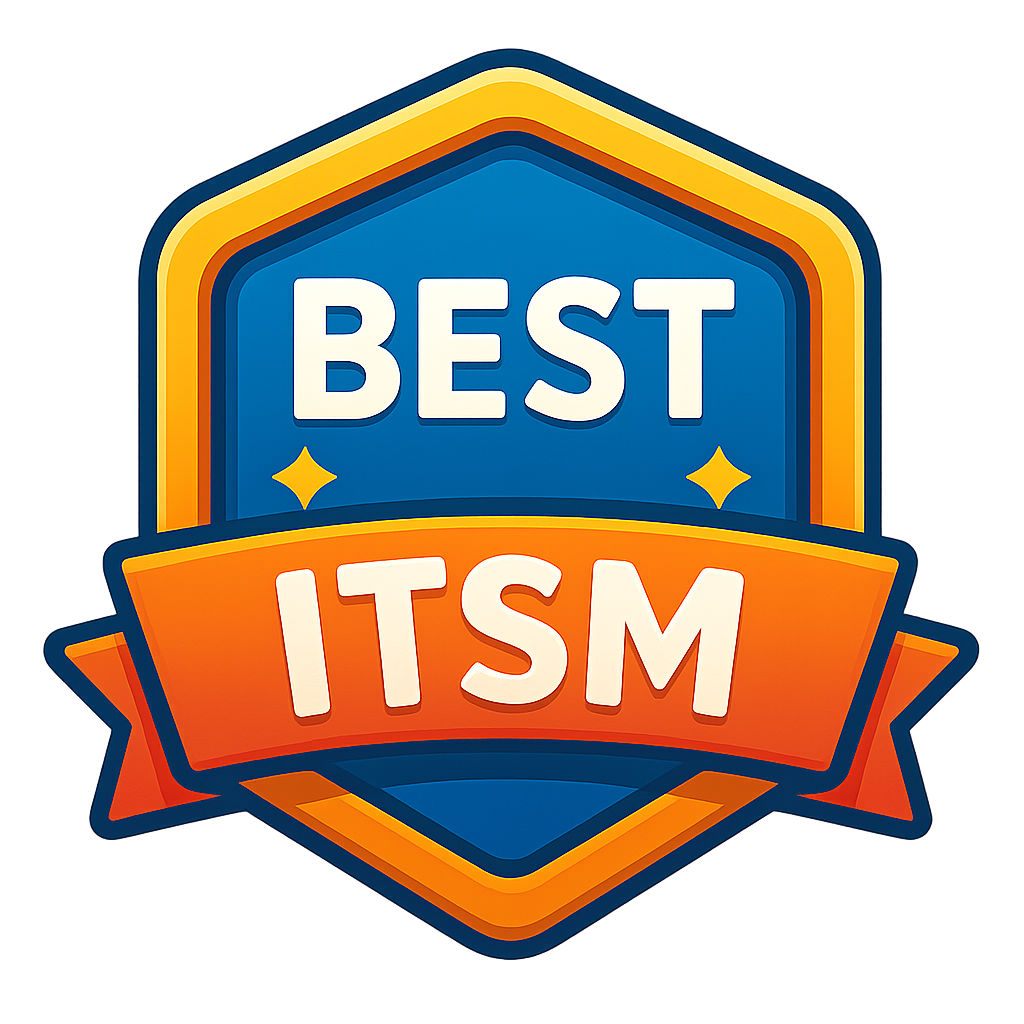The Collapse of Independence: Navigating the New Tech Landscape
The tech industry, once synonymous with boundless opportunity and innovation, is undergoing a profound transformation. With the dominance of big ecosystems like Office 365 and Google Workspace, smaller software vendors and startups are finding themselves on shaky ground. What was once a playground for groundbreaking innovation now feels like a high-stakes game of survival.
Is it the end of the road for independent software developers? Not necessarily—but the rules of the game have changed.
The Rise of the Ecosystem Giants
For years, companies like Microsoft and Google have steadily evolved their ecosystems, incorporating more tools, features, and functionalities into cohesive suites. Office 365 and Google Workspace now cover everything from email to analytics, project management to AI-powered automation. With monthly updates rolling out advanced capabilities, these platforms are leaving little room for niche players.
The effects are far-reaching:
- Redundant Software: Many standalone tools are now rendered unnecessary by built-in features.
- Customer Retention: Users prefer the convenience of an all-in-one solution over juggling multiple subscriptions.
For independent software vendors (ISVs), this shift feels like the ground disappearing beneath their feet. Years of development and market penetration can be undone in a single product update from a tech giant.
The AI Frontier—and Its Gatekeepers
The one area where innovation is thriving is artificial intelligence. Yet, even here, the barriers to entry are steep. Building competitive AI solutions requires extraordinary computational power, access to vast datasets, and specialized expertise—resources typically monopolized by big tech.
Startups and smaller companies face an uphill battle:
- Resource Constraints: Without access to massive GPU clusters, many are forced to rely on pre-existing AI platforms.
- Platform Dependence: Innovators building on APIs from OpenAI or Google risk becoming overly reliant on these platforms, with limited control over pricing and availability.
The result? While AI represents a promising frontier, it is also a tightly controlled one, where innovation is often constrained by the dominance of a few major players.
A Shifting Industry: Fewer Opportunities, More Risk
The changes in the tech landscape extend beyond software development. The employment crisis in IT—once one of the hottest industries—is a direct reflection of these shifts. Tech is no longer “cool.” The era of new Facebooks and Instagrams is over. What’s left is incremental improvement, consolidation, and competition for diminishing opportunities.
For smaller vendors and developers, this poses a sobering question: How can we thrive in a world dominated by giants?
Adapt or Fade: Strategies for Survival
There’s no single answer, but there are ways forward for those willing to adapt:
1. Find a Niche
Big tech focuses on mass appeal. There are still opportunities in solving highly specific, industry-focused problems. Niche markets often demand custom solutions that ecosystems overlook or deprioritize.
2. Join the Giants
Rather than competing, smaller companies can align themselves with big platforms:
- Marketplace Integration: Many ecosystems allow third-party vendors to sell add-ons, plugins, or complementary tools.
- Partner Programs: Collaboration with big tech companies can provide distribution and credibility.
The downside? Success might draw attention from the ecosystem owner, leading to buyouts or copycat products. Still, partnering can offer short-term growth and stability.
3. Leverage Open Source
Open-source projects continue to be a beacon of hope in the tech world. By collaborating with the developer community, smaller companies can punch above their weight and challenge corporate dominance.
4. Focus on Regulatory Complexity
Some industries, like healthcare and finance, have stringent regulations that discourage big tech from diving in. Specialized vendors can thrive by offering compliant solutions tailored to these sectors.
5. AI as a Service
Startups can capitalize on AI by building applications or services on top of existing platforms, like OpenAI or Hugging Face. While this doesn’t eliminate dependency, it enables innovation without requiring massive computational resources.
The Future of Innovation
This is not the death of innovation—it’s a reinvention of it. The freewheeling days of building “the next big thing” from a dorm room might be gone, but the need for creativity and problem-solving has never been greater. The challenge now is to:
- Think Locally: Solve problems for specific markets and demographics.
- Think Creatively: Find opportunities in gaps left by big tech.
- Think Sustainably: Build for long-term value instead of growth-at-all-costs.
The dominance of big tech ecosystems and the rise of AI have transformed the tech industry. Independent software vendors must adapt to survive, whether by specializing, partnering, or rethinking their approach to innovation.
While the landscape may seem bleak, it is also brimming with opportunities for those who can navigate its complexities. The rules may have changed, but the game isn’t over. It’s up to us to decide how to play—and where to stake our claim.
